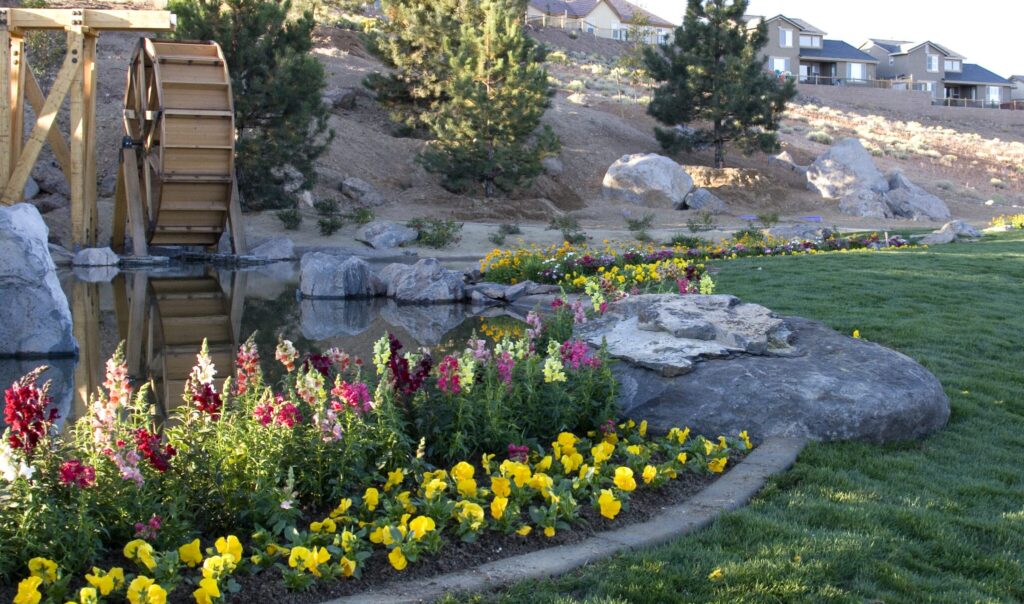Planting Perennials
Perennials are defined as cold-hardy plants that return year after year, typically longer than three growing season. Most perennials bloom for a shorter period of time than an annual (a plant with a one growing season life span) so they are typically planted with other perennials that bloom at different times for a constant show of color throughout the year. Some examples of perennials in our region include: Spirea, Roses, Barberries and Grasses.
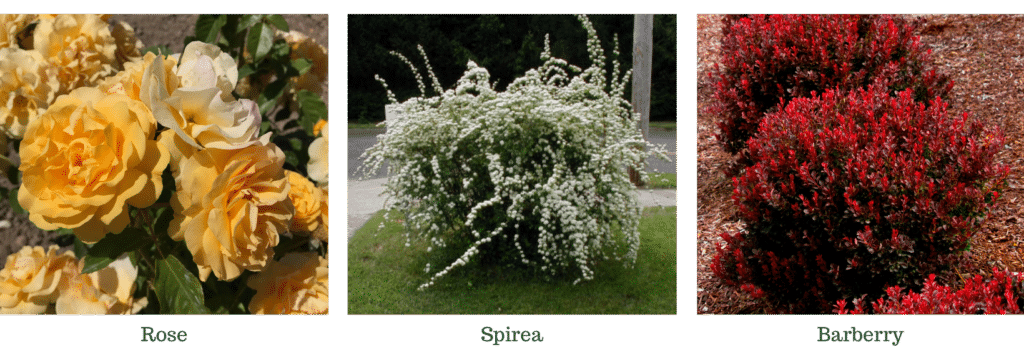
Know your Zone
It’s important to know your USDA plant hardiness zone before you plan your perennial garden. The USDA Plant Hardiness Zone Map is the standard by which gardeners, growers and landscapers determine which plants are most likely to thrive at a location. The map is based on the average annual minimum winter temperature, divided into 10-degree Fahrenheit zones. Understanding your zone can mean the difference between success and failure in your landscaping. In northern Nevada, we are Zones 6-7.
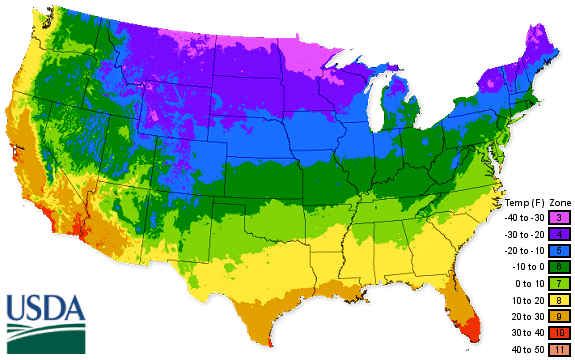
Sun or Shade?
You will want to determine if your garden will receive sun light, filtered sun light or no sunlight. The sun exposure will determine what type of perennials will be most appropriate in that location. Here is a good guide to determine your sun exposure:
Full Sun: six or more hours of direct sun a day
Partial Sun or Partial Shade: Four to six hours of direct sun a day
Full Shade: less than four hours of direct sun a day
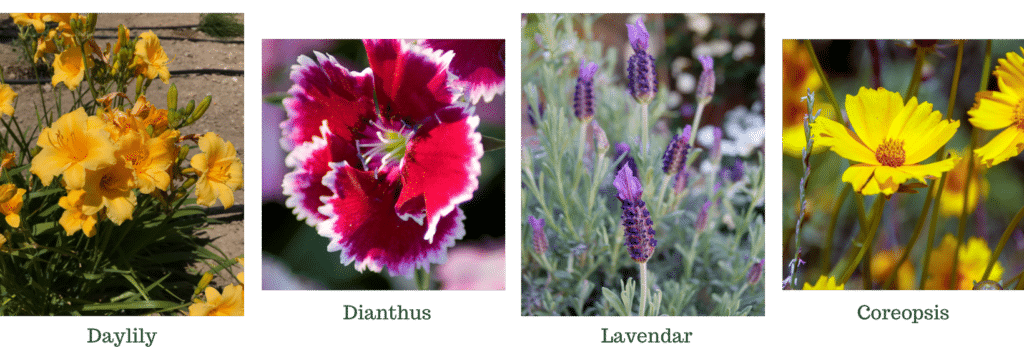
Examples of full sun perennials:
Roses
Coreopsis
Dianthus
Day Lily
Lavender
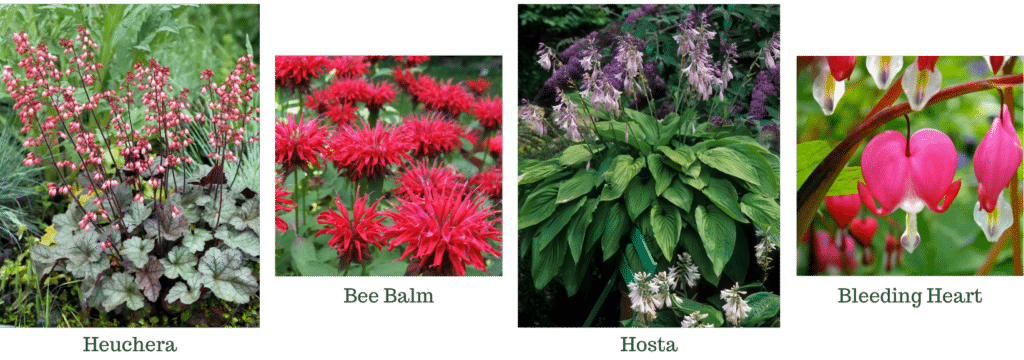
Examples of full shade perennials:
Bee Balm
Hosta
Heuchera
Bleeding Heart
Create The Color Palette
The color wheel is your best friend when planning your garden. The color wheel is based on three primary colors: red, yellow and blue. The full color wheel resembles a rainbow with red and orange next to yellow, followed by green, blue and purple. For beautiful colors that bring out the best in each other, we recommend creating both harmony and juxtaposition. First, pick some hues that are similar to each other, like orange and yellow to create harmony. Then choose a complimentary color from the opposite side of the color wheel, like purple or blue, to create juxtaposition.
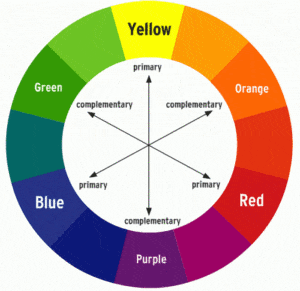
An analogous palette is also a way to create harmony in your garden. Choose colors that are next to each other in the color wheel like red and yellow or yellow and green. A monochromatic garden is simply using one color throughout. Using different textures and sizes of blooms in the same shade creates a powerful visual impact. Other garden themes include using only warm or cool colors or even a triad. A triad is using colors that are spaced equally apart from one another and combining them. An example of a triad would be purple, red and orange.
Scented Garden
If you want your garden to be fragrant, choose one of these varieties that are also visually appealing:
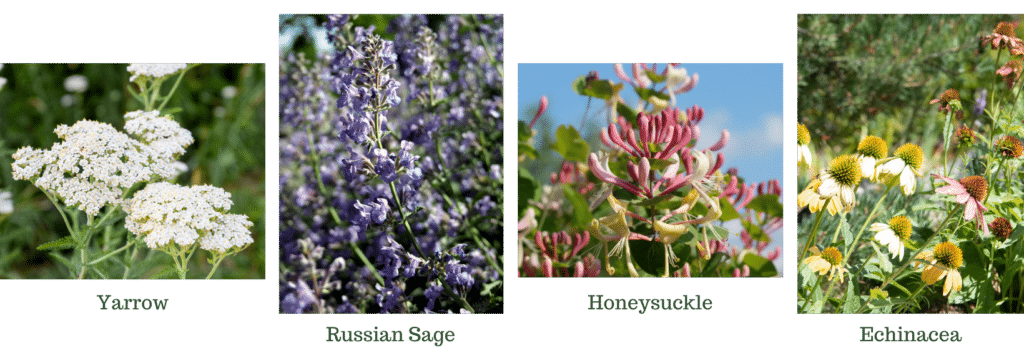
Yarrow
Lavender
Bee Balm
Russian Sage
Dianthus
Echinacea
Honeysuckle
Design
Once you have chosen the appropriate perennials for your garden, you must determine the design. Be thoughtful about perennial placement. Are you layering with different heights? Make sure the tallest perennial is in the back. Do you have perennials that will bloom at different times? Some perennials bloom for longer periods of time and can create the foundation of your perennial bed. Coreopsis, Echinacea, Gaillardia, Shasta Daisy and Black Eyed Susans are example of perennials that bloom for the majority of the summer months. Are you clumping your perennials or spacing them out? Give thought to the scale and make sure you aren’t overplanting your garden.
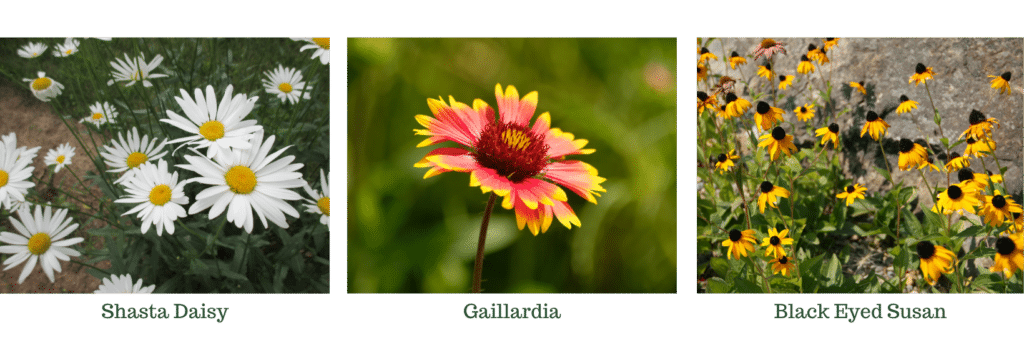
Our award-winning designers are available to design the perennial garden of your dreams. Contact us today for a complimentary consultation.
